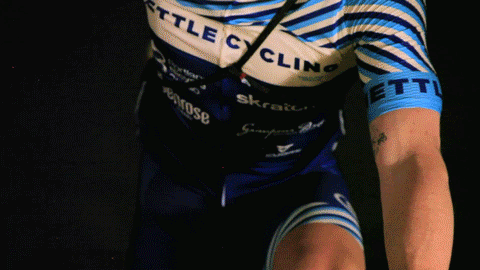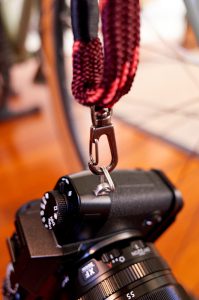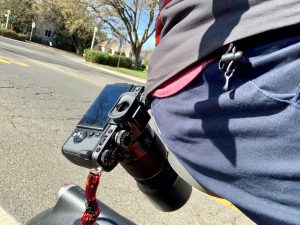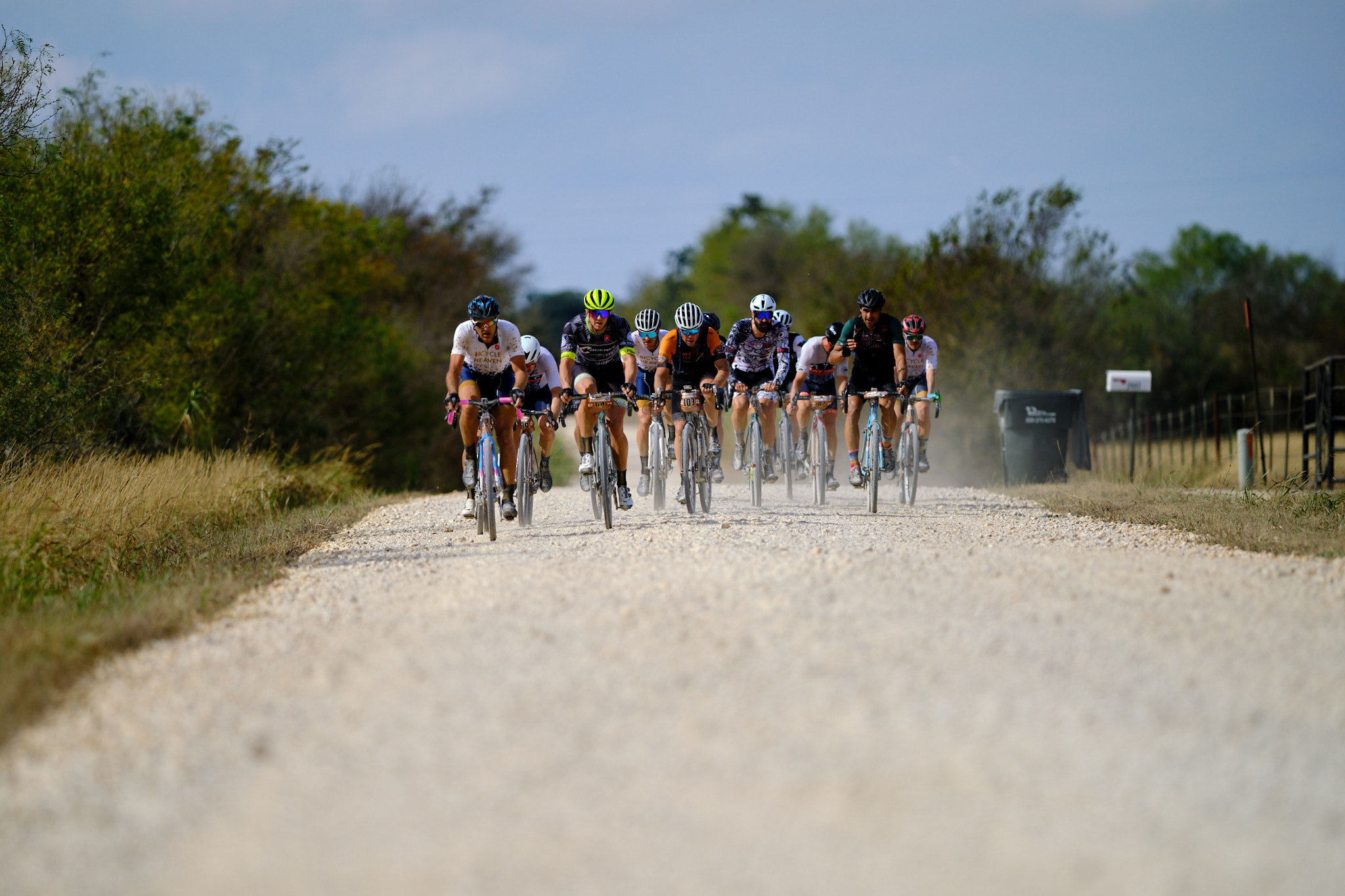Are you a cyclist-photographer or a photographer-cyclist? Either way, bikes provide a unique view of the world that I and many others are inspired to share. Some endeavor to document the ride itself, while others use the bicycle as a way of encountering photographic experiences. And many, like me, do a little bit of both.
And though phones can produce amazing results, with third-party apps extending them even further, small cameras provide more creative flexibility in areas such as lens choice and depth of field (or film choice) than what’s currently possible with one’s phone. Jersey pockets and top tube bags work great for point-and-shoots but anything larger quickly complicates the situation. No matter the type of ride, quick access is important and the ability to shoot from one’s bike while moving is a huge plus.
With this in mind, I began searching for bags and straps that make on-bike photography possible. Transporting a camera to a photography destination is great, but what if I see something along the way? What if I want to document the group ride in which I’m participating? What if the sun briefly peeks through the winter clouds, illuminating a beautiful rural Michigan farm, and I only have seconds to capture it before it’s gone?
Addressing this precise issue is the Mettle Speed Strap, which I found while googling various on-bike carrying solutions. So far, it’s worked really well for me, and currently serves as my primary camera strap in addition to its on-bike role.
The Speed Strap consists of two sections: A loop that runs below the left arm, securing it in place, and a second loop worn over the shoulder, toga style, which acts as a “run” for the camera. Have you ever seen a “guitar flip”? Replace the guitar with a camera and that’s essentially how the speed strap moves, except that the under-shoulder loop keeps the strap secure (and Mettle Cycling is way cooler than Stryper).

The camera clips to a high quality clasp for easy connection/disconnection. I appreciate this feature when riding to a destination for a photo walk, where I can then simply remove the camera, use my wrist strap, and then reconnect for travel to the next destination – “shoot and move”.
![Magnetic clasp]](https://www.thebigfear.com/wp-content/uploads/2020/06/R0090072-199x300.jpg)
The cameras I’m using are the Fuji XT-3 and XT-30, sometimes with heavier lenses. I’ve taken the lighter of the two, the XT-30, on roadie rides with a light prime lens attached, and though some adjustment is occasionally necessary, I was happy with its function. I do own another strap that keeps the camera completely secure while on the bike, but this makes the camera unusable while moving. For camera access while riding and relative security, the Speed Strap works well.

Though I wouldn’t want to carry a heavy camera long distances with the Speed Strap, I have, on multiple occasions, carried my XT-3 with a heavy, long lens on shorter “photo missions” via bike. Even with this setup, the camera is easy to carry and leaves me feeling much more mobile than I do with a traditional strap. Take a Jump Bike to point A, walk to point B, scooter to point C, bus home. It’s a great strap not only for riding but for just sort of multi-modally traveling through the city with one’s camera.
If you’re a super-roadie or mountain biker, the Speed Strap might not be the right choice. Camera position sometimes requires adjustment and takes your focus off the ride, and it wouldn’t work well during extremely hard efforts. The best on-bike solution for these rides is probably a point-and-shoot in the jersey pocket or in a top-tube bag. If you just want to transport a camera, the Mettle Slow Strap might be a better choice, which secures the camera on your back.
Camera size definitely plays a role in the strap’s usability, but the Speed Strap is perfect for more casual rides or those where photography is central to the ride. Overall, an awesome strap. I got the burgundy/pink!

Shooting Gravel Events
An important characteristic of American gravel events from…
